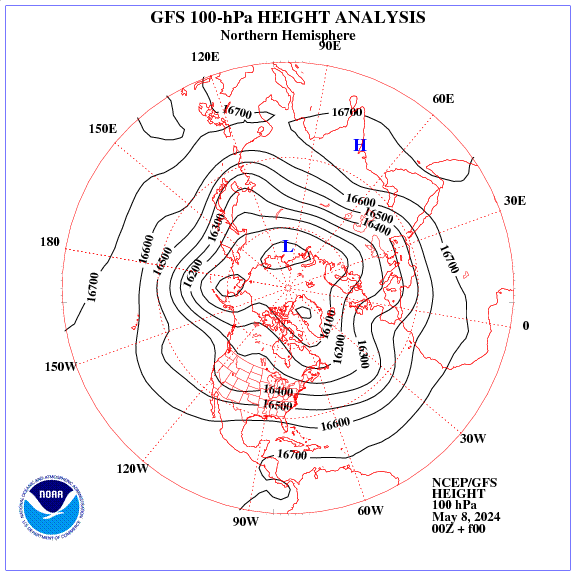Fall is the second-most important feeding season for polar bears after spring but it comes at different times for different subpopulations. Sea ice formation along shorelines attracts fish and seals and that means polar bears which spent the summer onshore will soon eat again after their summer fast. As usual, the earliest ice formation this year is along the coast of the Laptev Sea, which is one of the primary ‘ice-generators’ of Arctic sea ice. Western and Southern Hudson Bay bears will have longer to wait but the ice will eventually come to them too.

WH photo
Sea ice conditions
Below, close-up of ice formation along the Laptev Sea in Russia (upper left in the chart) at 5 October 2023. This shorefast ice formation in fall provides a predictable but short-lived source of prey for polar bears as they strive to regain some of the weight lost over the summer.
The average summer (September) sea ice extent for 2023 was 4.4 mkm2, again nowhere close to “ice-free” conditions and which makes 17 years of a near-zero trend since 2007. Graph below from NSIDC.
Laptev Sea ice formation
Once this ice formation begins in the fall, it continues throughout the winter and spring.
Polar bear fall feeding on shorefast ice
As I mentioned in a 2020 post:
.…it seems the cooling process necessary for sea ice formation along the shore of Arctic regions initially creates an underwater current that brings nutrients from deeper, saltier water up to the surface (‘upwelling’). The process of early ice formation also involves vertical movement of ice crystals in the water column, enhancing this upwelling (Buckley et al. 1979). This transient fall coastal upwelling brings nutrients near the surface for single-cell organisms that are food for fish (Stirling 1997; Tremblay et al. 2012).
As fish congregate briefly to feed near the surface close to shore, ringed seals of all ages congregate as well – all along the edges and underneath the ice that begins to form. When this new fast ice becomes thick enough for a polar bear to stand upon (about 30 cm thick) – either through continued ice formation or because the ice has been buckled and deformed by winds and tides into thickened ridges – some seals may haul out to rest or come to the surface to breath and become prey for hungry bears.
This inevitable process takes place every fall and it’s why polar bears know they can hunt successfully out on the new fast ice after months without food over the summer – and it’s almost certainly why the bears head out on the ice as soon as it’s physically possible for them to do so.




Can’t help but wonder what seal tastes like. Probably needs lemon.
Ask an Inuit. 🙂
Don’t think the PBs would answer you politely.
Maybe the cycle of Arctic sea ice is just starting to turn upwards…
note, the “average” is the whole year average, hence 2023 is incomplete.
Not too bad, apparently. A bit fishy, from their diet, but something like a gamey cross between beef and pork – again I’m just going on other people’s culinary exploration here!
Fish and Seals? Well I guess that it makes a change from chasing Walrus off cliffs.
Triplets!? Who is supplying the fertility drugs like clomiphene citrate and injectable hormones?
Seriously, is this good?
It sure looks to me like those cubs are fat and healthy.
If there is enough food for an adult female to conceive, birth and provide milk for triplets to survive until going out onto the ice then they aren’t doing badly at all. Twins and triplets aren’t that uncommon in Polar Bears but the trick is finding enough food to sustain, essentially, 3-4 bears from the spring until the autumn.
Up there with the Inuits and polar bears my be the safer places to be if the world keeps going the way it’s going. Seriously
What, closer to Russia? Seriously?
First snow on the Great Lakes.


Winter in Siberia.
The temperature over Hudson’s Bay will now drop quickly.

The blockage of circulation in the stratosphere over the Bering Sea means that ice is now growing fastest from Siberia and in the Chukchi Sea.
A question. I always assumed that hibernating requires more energy than existing on land between the spring and autumn feeds, because the bears are foraging. What is the typical weight loss before the autumn feed, compared to hibernation?